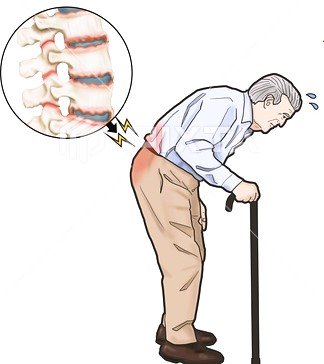
Ankylosing spondylitis (AS) is a chronic inflammatory disease that affects the spine and other joints. It can cause pain, stiffness, and reduced mobility. AS is more common in men than women, and usually starts in young adulthood. The exact cause of AS is unknown, but genetic and environmental factors may play a role.
In India, AS affects about 0.1% to 0.5% of the population, according to various studies. However, many cases may go undiagnosed or misdiagnosed due to lack of awareness and access to health care. AS can have a significant impact on the quality of life and productivity of the patients, as well as their families and society.
The diagnosis of AS is based on clinical features, such as back pain and stiffness that improve with exercise and worsen with rest, and radiological findings, such as sacroiliitis (inflammation of the sacroiliac joints) and syndesmophytes (bony growths along the spine). Blood tests can also help to rule out other conditions and detect the presence of a gene called HLA-B27, which is associated with AS.
The treatment of AS aims to reduce inflammation, relieve pain, prevent complications, and improve function. The main options are non-steroidal anti-inflammatory drugs (NSAIDs), disease-modifying anti-rheumatic drugs (DMARDs), biologic agents, and physiotherapy. Surgery may be considered in some cases with severe deformity or damage.
AS is a lifelong condition that requires regular follow-up and monitoring. Patients should also adopt a healthy lifestyle, such as quitting smoking, maintaining a good posture, exercising regularly, and eating a balanced diet. With proper management, most patients with AS can lead active and fulfilling lives.
